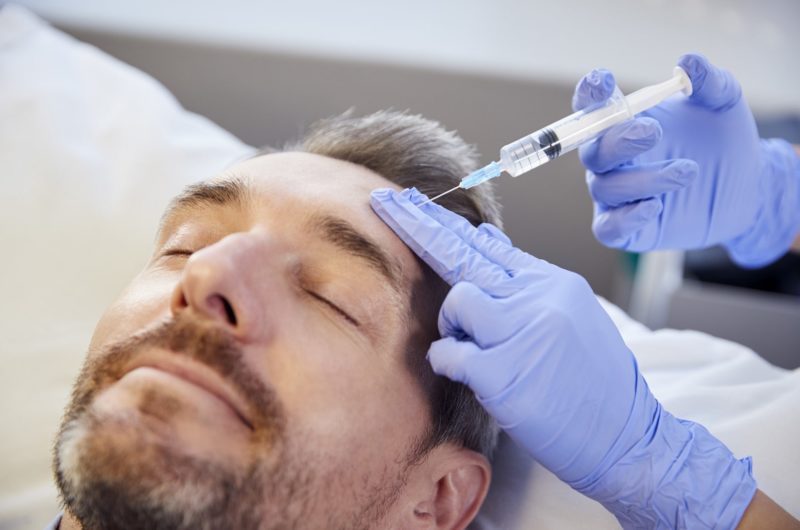At first glance, injectables and fillers look very similar. They are both given by injection, they are often used to combat signs of aging and they offer a good alternative to surgical procedures. Yet they do differ.
Injectables
- Injectables have been a household name in dermatology for decades and millions of treatments are performed every year. These are mainly used for correcting wrinkles on the upper half of the face, such as forehead creases, frown lines and crow’s feet. A single injectables treatment can make you look years younger.
- How it works >>> the injectable that temporarily reduces the movement of the muscles is a neurotoxin. When neurotoxins are injected, they block signals to certain nerves, preventing muscle movement. By applying this treatment in a very targeted way, repeated muscle movements can be corrected, and wrinkles and folds that arise because of this will be reduced or disappear.
- The effect of an injectables treatment is visible within two to five days and optimal results are reached after about two weeks, after which it lasts for three to six months.


Fillers
- Fillers are a non-surgical solution for volume loss and shallow facial wrinkles. For example filling the nasal lip fold, the recovery of sagging skin on the cheeks and lifting the corners of the mouth/ marionette lines. Fillers make the skin feel firmer and provide a more youthful appearance.
- How it works >>> Fillers use soft gels made from hyaluronic acid, a sugar molecule that occurs naturally in our own skin. Hyaluronic acid is a moisture binder and helps to maintain supple skin. When we are young, there is enough of this, but as we get older, our body makes less and less of it. A filler restores this hyaluronic acid content and thus gives the skin its young, fresh appearance.
- The effect of a filler is immediately visible, but as with injectables, the optimal result will be achieved after about two weeks. The lifespan of fillers is approximately six months to more than two years.
INTERESTED?
Would you like to know which treatment is right for you? Book a no-obligation consultation.






